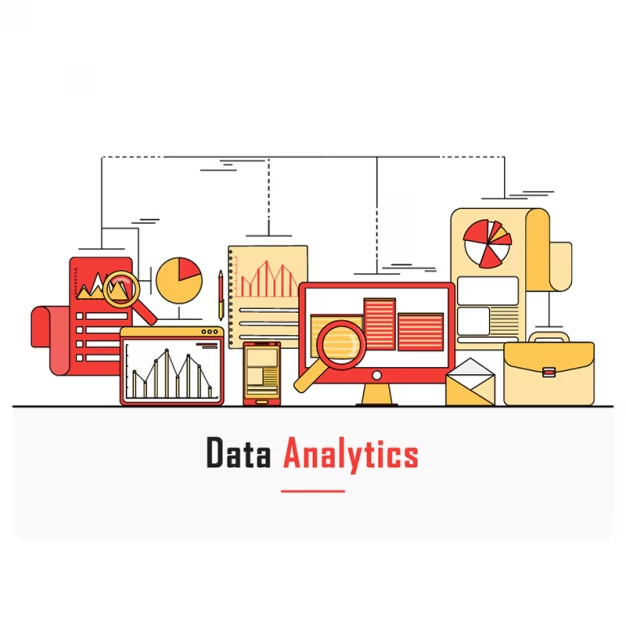Business Analyst Course Syllabus: A Comprehensive Guide

In today's data-driven world, businesses rely heavily on data analytics to make informed decisions. Business analysts play a crucial role in interpreting data, identifying trends, and helping companies optimise their processes. If you are considering a career in business analytics, enrolling in a structured business analyst course is a great way to start. This blog explores the business analyst course syllabus and highlights the scope of business analytics in the corporate world. Introduction to Business Analytics The course typically starts with an introduction to business analytics, its relevance, and the way it impacts decision-making within organisations. The student is exposed to: Data-driven decision-making basics Role of business analytics in different sectors Analytical techniques and tools Core Modules in a Business Analyst Course 1. Data Analytics and Visualisation Understanding data is the first step in business analytics. This module covers: ...


